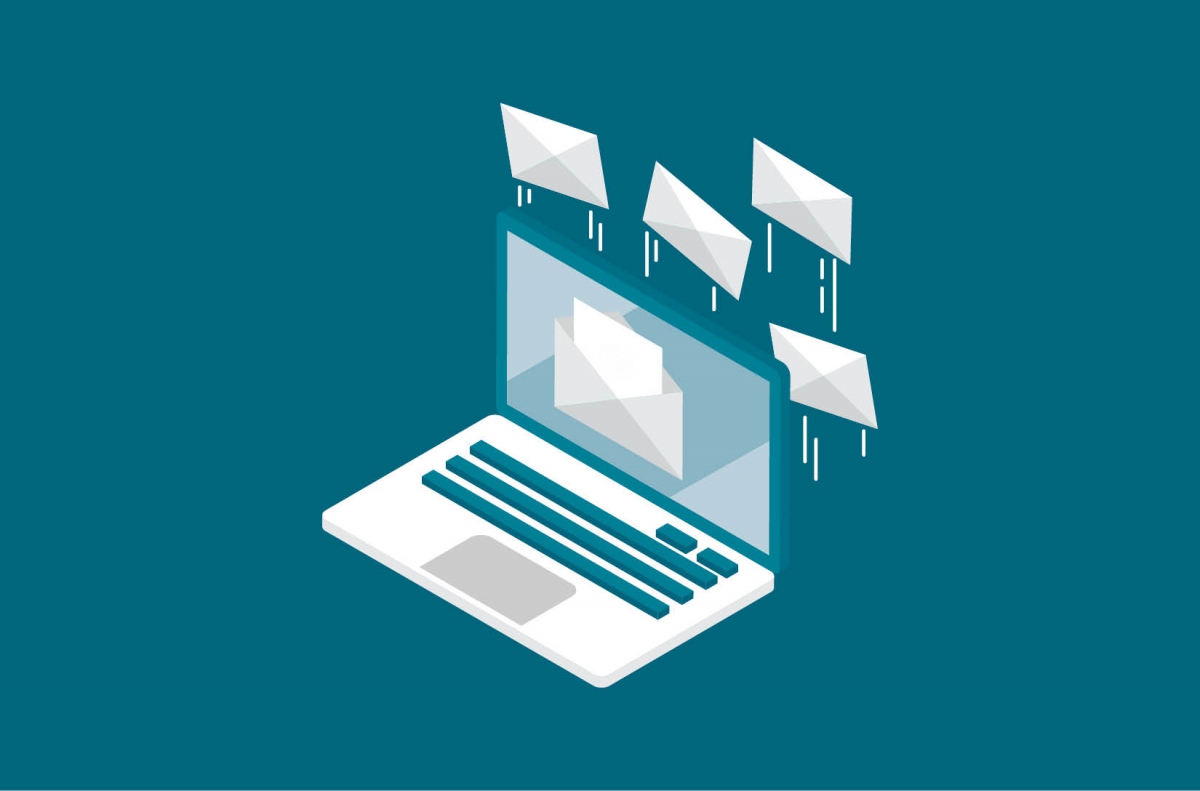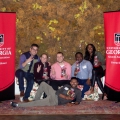Crafting killer emails that drive results
How many emails land in your inbox every day? 10? 50? More than 100?
I’m guessing it’s a lot.
According to Client Services’ FY19 year-end statistics report, 827 marketing efforts and 1,511 email event communications were sent via GAIL in FY19. That averages out to each constituent receiving over 25 email communications from the university a year.
Making our emails stand out in a crowded inbox is tough. According to Inside Higher Ed, the average open rate across all email categories is 24%. For the education industry, the average open rate is closer to 17%. In FY19, the Alumni Association saw open rates around 29%.
Here are eight ways the DARCOMM team is working to drive results (such as higher open rates, greater clickthrough rates and fewer opt-outs), in the world of email:
- Taking a mobile-first approach. Did you know BEE editor allows you to hide blocks of content from displaying on mobile and desktop views? For this year’s Young Alumni Night at SweetWater, two emails were created: a mobile version and desktop version—all in the same BEE email. Take a look:
- Segmenting our audience. Divvying up parts of our lists to send content on the groups’ common interest is becoming the norm for most of our emails—specifically for our Atlanta Chapter audience. We’ve been able to segmented based on region, age, gender, email clicks, giving history and more.
- Thinking of creative subject lines and preview text. Let me state the obvious: subject lines and preview text are extremely important! We’re constantly taking both the subject line and preview text into consideration with each send. I often times use the preview text to enhance the subject line provide additional details. What’s the best subject line you’ve seen?
- Considering design principles. In the never-ending battle of the inbox, design is extremely important. Luckily, I work with a team of talented team of designers that are always willing to try new things. This email for our inaugural Giving Week and this email for Engineering’s matching gift campaign are two of my favorites. When the design stands out, we’re more likely to get another open in the future.
- Keeping copy to a minimum. While we often have the desire to write and write, it’s best to keep email copy to a minimum. We avoid cluttering our emails with anything that doesn’t directly accomplish our goals.
- Sending during our prime time. Based on data from over 7,246 emails, the Client Services team found out that the best time to send an email through GAIL is actually Friday between 4:00 and 5:00 p.m., contrary to the popular Tuesday at 10:00 a.m. belief. Specifically for the Alumni Association, the hour with the highest open rate is 3:00 p.m. Haven’t read this report? Be sure to check it out.
- Making our emails accessible. Many things come into play for creating accessible emails such as color choice, font size, font type, spacing and alt text (backup text that provides what your image is when the image is blocked, turned off by default, or your user is visually impaired and using a screen reader). With each email, we strive to ensure accessibility.
- Tracking and analyzing results. After each email, it’s important to pull up those email statistics reports and check performance. By tracking open rate, engagement and click-throughs, we’re able to change course and adjust our strategy if needed.
Have you seen an awesome email in your inbox recently? Share it with me!





